Celebrate National Cognac Day with Hermitage Cognac
June 4th marks National Cognac Day, a celebration of one of France’s most esteemed spirits. Cognac, a distinguished variety of brandy, originates from the Cognac region in France and is renowned for its meticulous production process and rich history. This day offers connoisseurs and enthusiasts alike an opportunity to appreciate the craftsmanship and tradition that define this exceptional drink.
Hermitage Cognac stands at the pinnacle of this tradition, offering an exclusive selection of vintage, single-estate cognacs that capture the essence of heritage and time. Each bottle is a testament to the artistry of Grande Champagne, reflecting the unique terroir and the dedication of generations of distillers. These rare, unblended offerings are more than just spirits; they are narratives of a region’s legacy, preserved in amber hues.
Beyond their exquisite taste, Hermitage Cognac present a compelling investment opportunity. The global demand for fine cognac continues to rise, particularly in Asia and the United States, driving up prices for premium vintages. Hermitage Cognac offers a distinguished collection of rare, heritage-rich, luxury single-estate cognacs that embody sophistication and investment potential. Each carefully crafted bottle, from vintage and age-stated cognacs to exclusive Paradis Vintages and limited editions, showcases Hermitage Cognac’s dedication to exceptional quality, authenticity, and timeless elegance.
Investing in Hermitage Cognac means acquiring a tangible asset that appreciates over time. Unlike volatile stocks or cryptocurrencies, these cognacs retain intrinsic value, with their rarity and exclusivity enhancing their appeal to collectors and investors. The strict production limits and long ageing processes ensure that certain vintages remain scarce, increasing their value over time.
As we celebrate National Cognac Day, it’s an opportune moment to delve into the world of Hermitage Cognac. Whether you’re a seasoned collector or a newcomer to fine spirits, Hermitage offers a range of cognacs that cater to both the palate and the portfolio. Their commitment to authenticity, provenance, and unrivalled quality ensures that each bottle is not only a luxurious indulgence but also a wise investment.
Explore the distinguished collection of Hermitage Cognac and discover how tradition, taste, and investment converge in this exceptional spirit.
Explore Hermitage Cognac: https://www.hermitagecognac.com/
Learn More About Cognac Investment: https://www.hermitagecognac.com/cognac-investment-a-timeless-and-lucrative-asset/

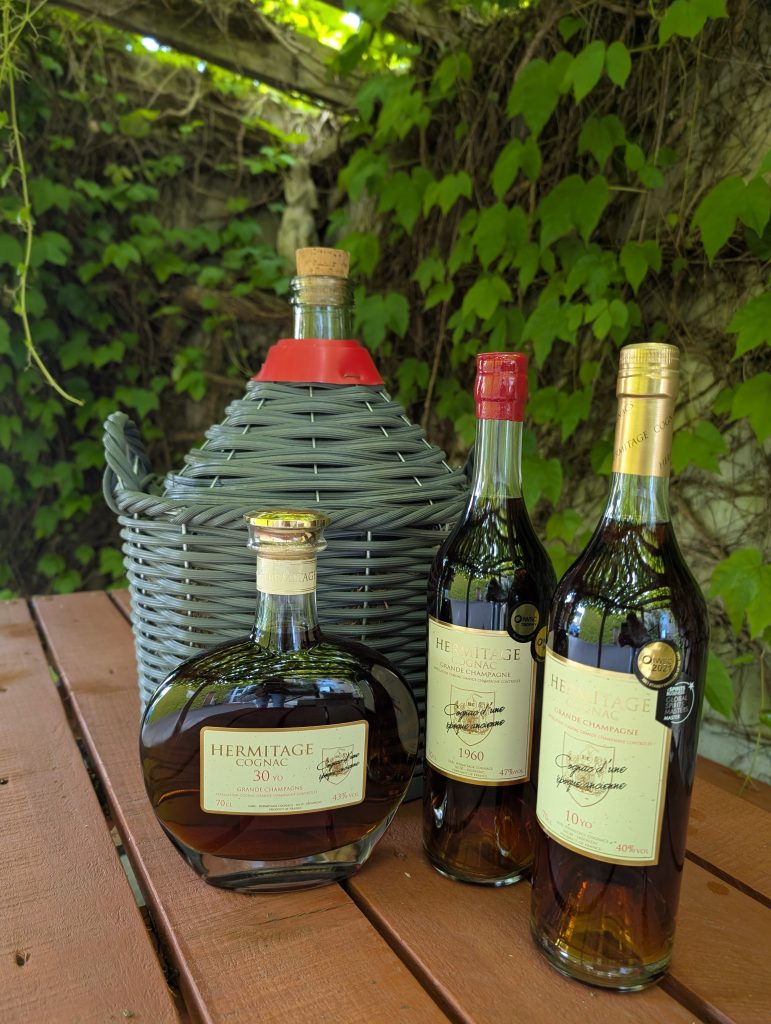
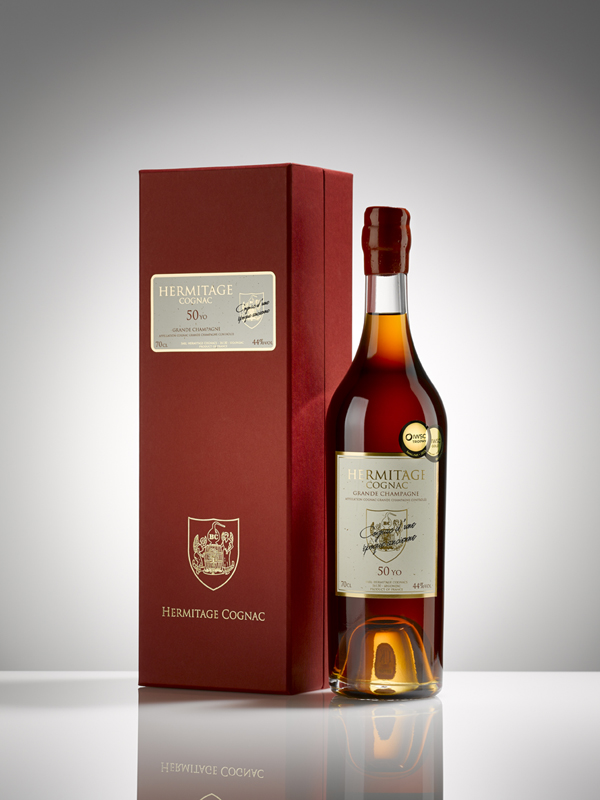
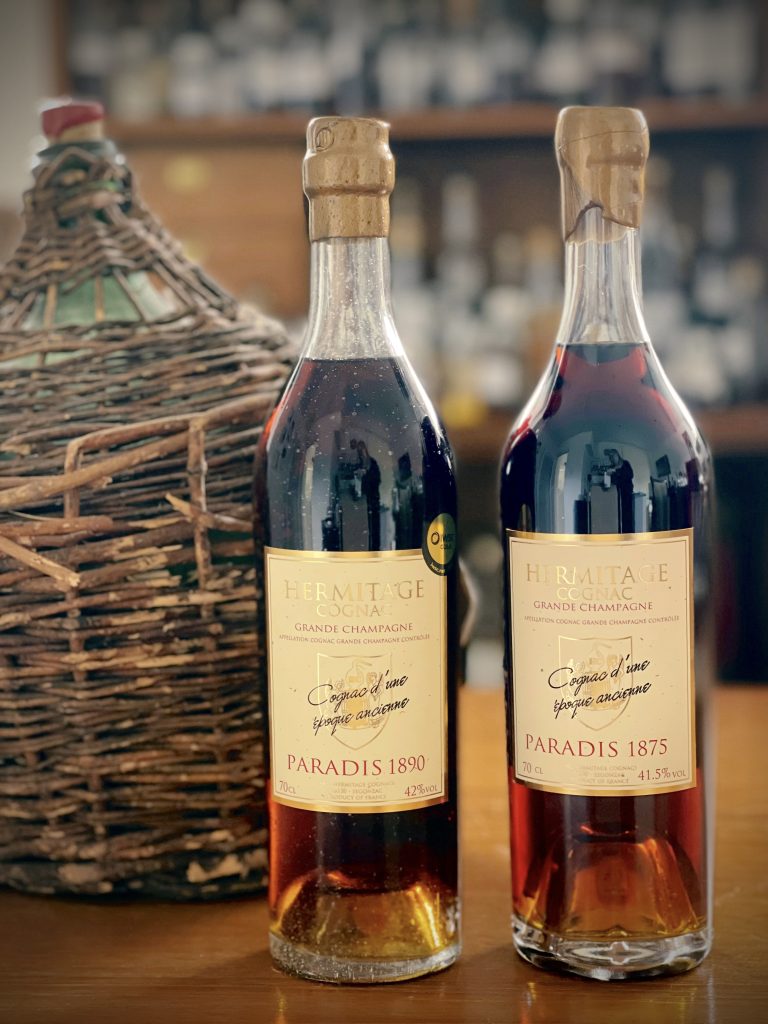
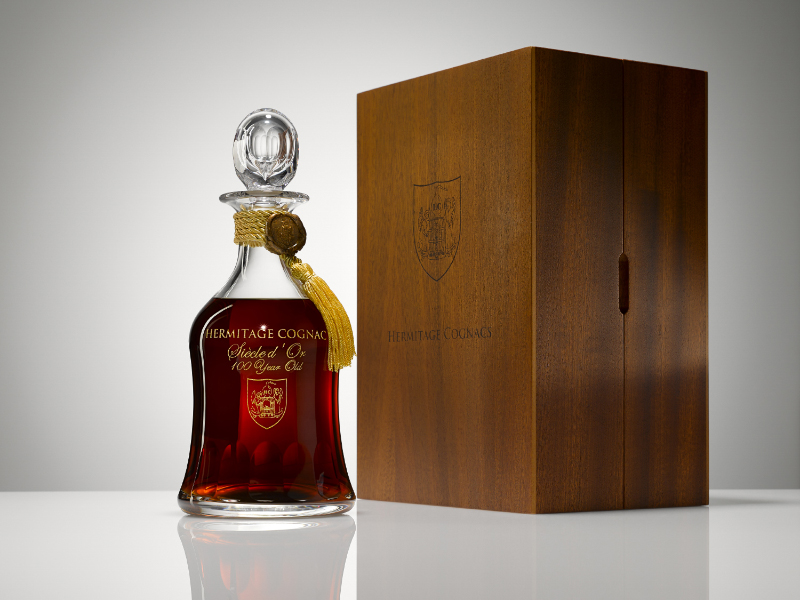
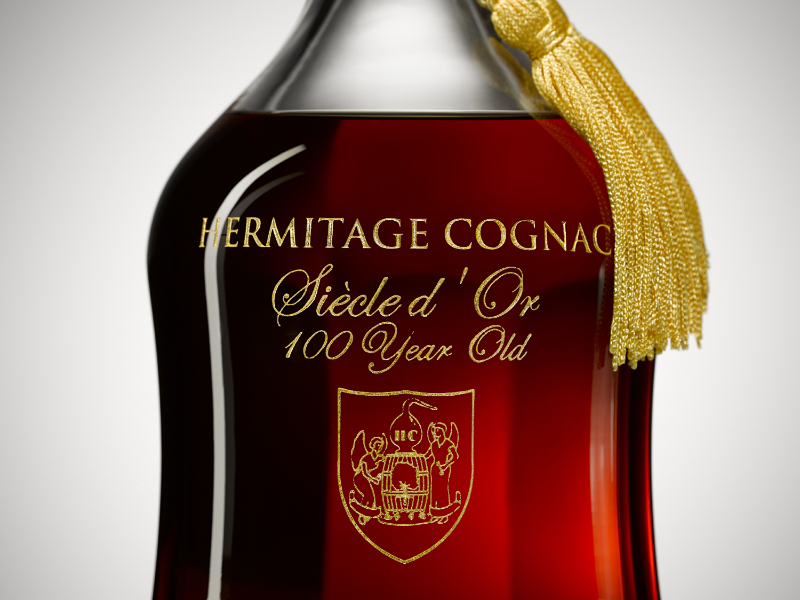


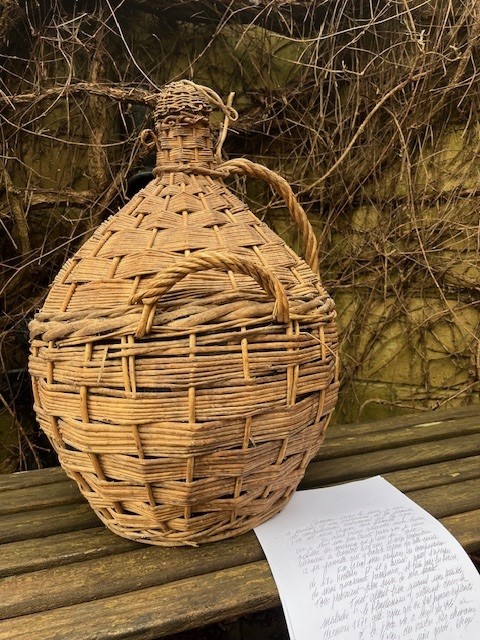
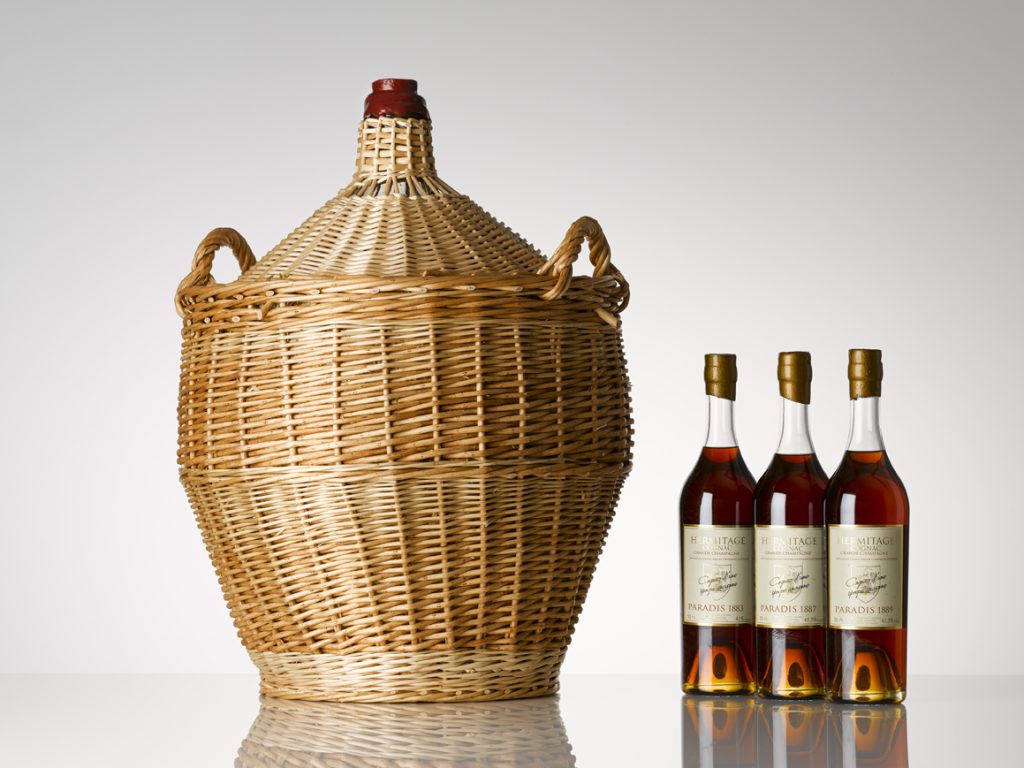
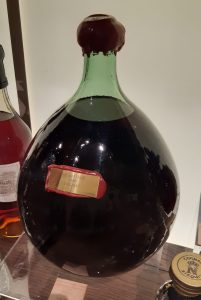 A very exciting Christmas present for someone perhaps? This 8 litre bonbonne of Hermitage 1889 Paradis Cognac was sold last week, the asking price was £68,300. A one-off presentation of this superb 1889 cognac is a very rare offering by
A very exciting Christmas present for someone perhaps? This 8 litre bonbonne of Hermitage 1889 Paradis Cognac was sold last week, the asking price was £68,300. A one-off presentation of this superb 1889 cognac is a very rare offering by 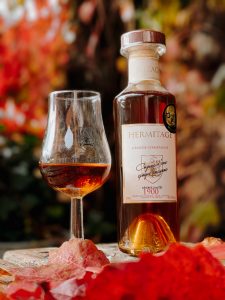 How many people can claim to have tasted a cognac distilled at the turn of the last century? Well, this is your chance! Our extra special Gift Set comprises a 20Cl bottle of 1900 cognac from the top cru and one of our exclusive
How many people can claim to have tasted a cognac distilled at the turn of the last century? Well, this is your chance! Our extra special Gift Set comprises a 20Cl bottle of 1900 cognac from the top cru and one of our exclusive 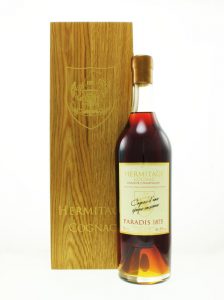 We are very excited to introduce a new cognac to our shelves, and our Hermitage Paradis range, the 1875 vintage. Only a few bottles remain of this old 1875 cognac which originally came from a cellar near Bouteville, in the cru now known as Grande Champagne. It was distilled on a very small still and then aged for more than 75 years in a cellar built against a limestone cutting. The cellar floor and walls were natural, with no cement or concrete, which made it ideal for ageing old cognacs.
We are very excited to introduce a new cognac to our shelves, and our Hermitage Paradis range, the 1875 vintage. Only a few bottles remain of this old 1875 cognac which originally came from a cellar near Bouteville, in the cru now known as Grande Champagne. It was distilled on a very small still and then aged for more than 75 years in a cellar built against a limestone cutting. The cellar floor and walls were natural, with no cement or concrete, which made it ideal for ageing old cognacs.